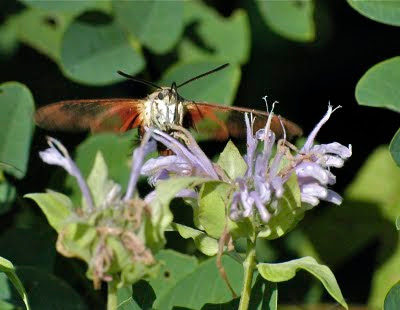There's a digital clock at my bedside—and the first thing I do when roused by body aches or bad dreams, is look to see what vile hour I've been so cruelly and prematurely awakened. This morning the glowing turquoise numbers read 4:11 a.m.
Since I hadn't gotten to bed until long after midnight, I closed my eyes and tried to will myself back to sleep—which didn't work any better than it usually does. When I reached some nether-world state of oblivion where I found myself counting dead fishermen—angling companions, mentors, guides, and fellow piscatorial writers, none of whom would I ever again share time on the water with this side of the River Styx—I decided I'd better get up or else face the day depressed as well as exhausted.
That was at 5:08 a.m. Unless you have reason to be up at such time, or suffer from a similar caducity-gift of insomnia, let me inform you that this is a bleak, empty, and still utterly dark hour. Good only for the occasional skulking raccoon making their way homeward from another night of neighborhood burglarizing. Even the katydids had fallen silent.
For a while, without turning on a light, I sat in the rocking chair and, via my iPod, did my typical digital morning check of the world-at-large…email, weather, Facebook, a blog or two—then CNN, FOX, Drudge, and similar sites for what passes as news, but is often mere rumor, opinion, party politics, gossip, vested-interest spin, and pure sleaze. Upon reaching my gag limit of such fare, I got up, washed my hands, made coffee, and carried the steaming cup of life-giving brew to my study, where I figured to putter around until time to prepare breakfast.
It began getting light about 6:00 a.m. A half hour later, just before I headed down the hall to wake Myladylove and Moon-the-Dog, there sounded a pecking at my deskside window. In the gloom, I was immediately reminded of Poe's raven—except this was a small and decidedly scruffy Northern Parula Warbler, though whether also a bird or portent, I couldn't say; perhaps the day ahead will reveal the answer.
I snapped a quick silhouette portrait. Then I awoke the remaining members of the household and decided scrambled eggs and biscuits seemed appropriate fare.
It is now going on noon. Myladylove is long at her work, Moon-the-Dog is back asleep. I've taken the trash toter and recycle bin up the hill for pickup, consumed a second cup of coffee, and am currently trying to decided whether I want to amble up the street and check out several garage sales or go back to bed. I don't feel as awful as I expected…though maybe that will come later. And I also haven't figured out if that early-arriving warbler came pecking at my window out of friendliness, or had some message to impart.
I think this way when I'm sleepy…
———————








































